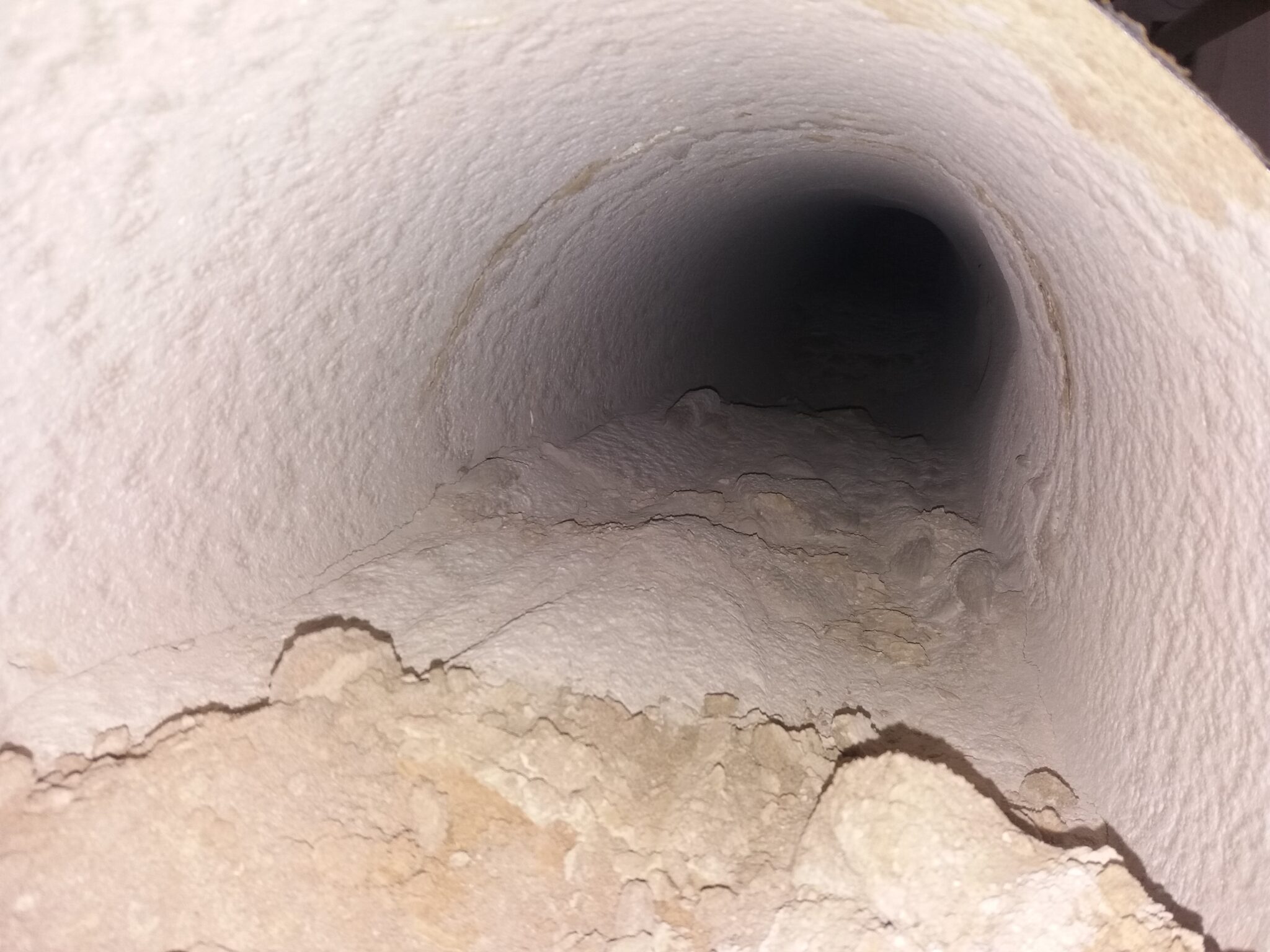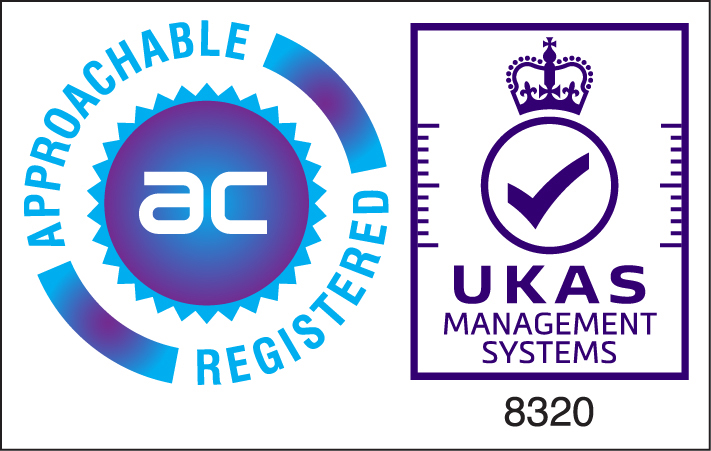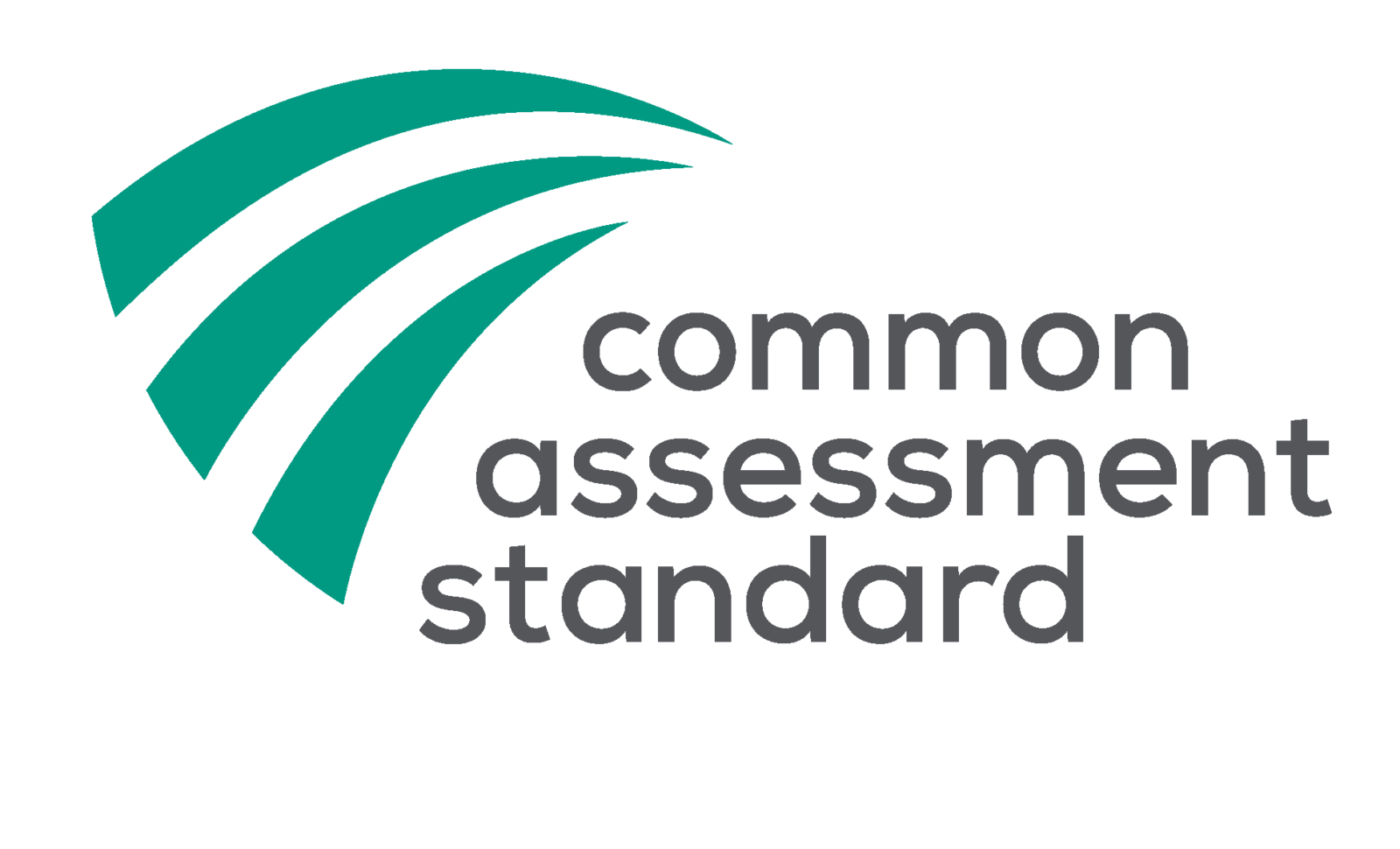If you own or manage a building used as a workplace, multi-person residence or public facility, one of your most important duties is to check and control something you can’t even see; air quality.
You can invest in a wide range of air conditioning, heating and ventilation equipment, and the technology to run it is often automated and easy to adjust. Many models come with clear instructions on the maintenance tasks you must perform and some systems helpfully alert operators to underperformance and technical issues.
However, none of that can the need for a fundamental and vital activity. Making sure your ductwork is clean and hygienic.
This article explains, what ductwork cleaning is, why you need to inspect ductwork and the advantages of getting them professionally cleaned.
HSE obligations on the owner regarding Air Quality in buildings
Let’s start with your legal duties to maintain good quality air and the correct CIBSE code A ventilation in workplaces, public buildings, hospitals and multi-occupancy residencies.
Health & Safety obligations on this topic have always been stringent. Though of course, the HSE placed additional emphasis on air conditioning and ventilation to manage infection control during the COVID-19 pandemic.
There are no shortcuts when it comes to something as essential as the air quality control in buildings used by large numbers of people. This makes it vital to know exactly when your ventilation systems need to be cleaned.
Commissioning ventilation hygiene surveys and then quickly rectifying defects keeps you compliant and helps you pass H&S inspections and achieve your ethical duties as a building owner or manager.
At Ventilation Surveys & Services we deliver detailed risk assessments complying with British Standard BSEN15780 to keep you compliant under Regulations 5 and 6 of the Workplace (Health, Safety and Welfare) Regulations 1992.
Managing workplace environment and supporting productivity
There is another extremely good reason to invest in good ductwork cleaning which is that it can have a profound impact on staff workplace satisfaction, and hence on your Company’s productivity .
The link between a nurturing and positive corporate culture, and well-motivated, loyal and hard-working staff is well documented. What’s sometimes overlooked is that some of the fundamentals of building management are part of the equation.
A recent research project by office solution supplier Fellowes Brands questioned 6,000 employees across Europe. The project found that companies could enjoy up to 50% improvement in productivity simply by creating work environments that cover four core priorities. These were workspaces that are clean, healthy, secure and well organised.
Logically, this included good air quality and ventilation. In fact, almost half of the workers surveyed (45%) placed a high value on properly ventilated premises – and clean, healthy air – to feel satisfied and fully productive.
Ductwork cleaning to prolong equipment life and manage energy bills
Before moving on to how ductwork cleaning is performed, it’s important to point out that compliance and good workplace practices are not the only reasons to invest in regular expert surveys and ductwork cleaning.
Equipment designers and manufacturers have created ever more sophisticated options to ventilate and control air quality and temperature. One rule of thumb still applies. Every structure will have some form of pollution passing through the ductwork systems.
These contaminants can build up, and even with filters in place can start to not only affect the performance of your ductwork, but also your equipment and staff in general.
Put this another way- regular and professional ductwork cleaning is an investment in keeping your environmental control equipment working efficiently, and in ensuring it doesn’t need to be replaced too soon!
Also, it stands to reason that the presence of dirt, debris, moulds and other contaminants can cause equipment efficiency to drop, potentially forcing it have to work harder.
You will have ductwork that delivers the functioning of your heating, ventilation, and air conditioning (HVAC) systems. All of these use power, but your heating equipment in particular racks up your bills. Inefficient ductwork must result in higher energy consumption all the while merely to enable you to maintain the legal standard of building air quality and temperature.
What does ductwork cleaning involve?
Now we have outlined why ductwork cleaning is important, what does it involve?
Modern ventilation and filtration systems – and many heating options – are dependent on how well air is delivered and removed. The parts of the system that deal will this are the Supply and the Extract ductwork networks.
These vital steel tubes come in all shapes and sizes and are constructed from various materials including galvanised or stainless steel, plastic, concrete, aluminium and even cloth socks for example! They also vary in tensile properties, and some systems needon flexible ductwork.
They contain a wide range of duct system components, including silencers, turning vanes, balancing and controlling grids, smoke and fire dampers and access panels and grilles and diffusers to control airflow.
Clearly then, even in small commercial and public buildings which have simple HVAC systems installed, getting the ductwork properly cleaned is a complex process.
The professionals in this field use specialist equipment – including task-specific brushes to loosen materials and HEPA filtered big vacuum fans to collect and contain the debris, this machinery that extracts contaminants effectively, without damaging the ductwork.
Unfortunately, there are companies who claim to offer this service – and you may have maintenance staff in-house who feel up to the task., but this is very much an area of engineering where you get what you pay for, and so if you do get your ductwork cleaned, please bear in mind that genuine HVAC surveys and specialist tasks like ductwork cleaning do require expertise and training. It protects your expensive equipment and ensures you are authentically compliant.
As a last word, genuine experts can identify function and hygiene issues that are not obvious to the untrained eye, especially as this involves airborne pathogens and often tiny particles that can affect air duct performance.





Ventilation Surveys & Services, 305/307 Tower Street, Century Buildings – Brunswick Business Park, Liverpool, Merseyside, L3 4BJ
Company Registration Number 07411775
VAT – 997895709
© 2025 Ventilation Surveys & Services Limited | Website by Xanthos








